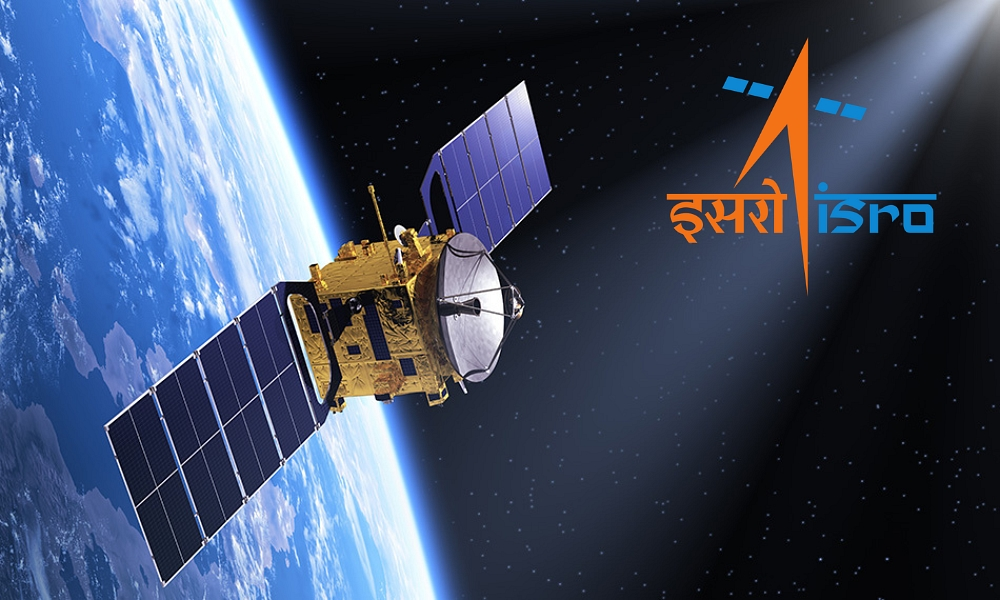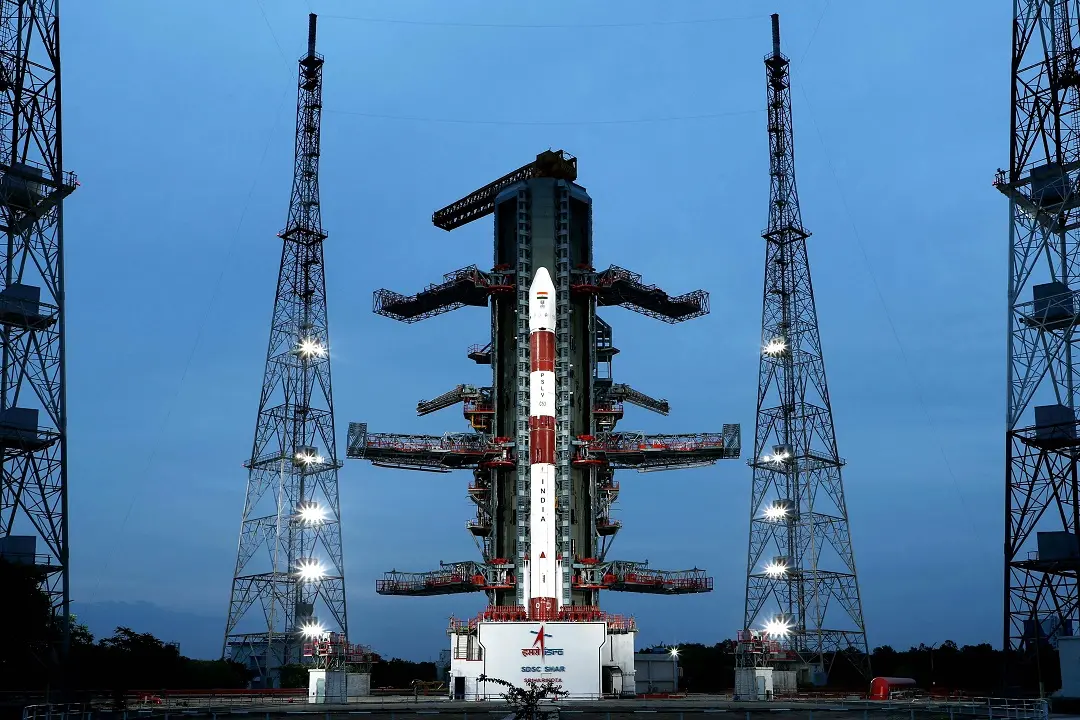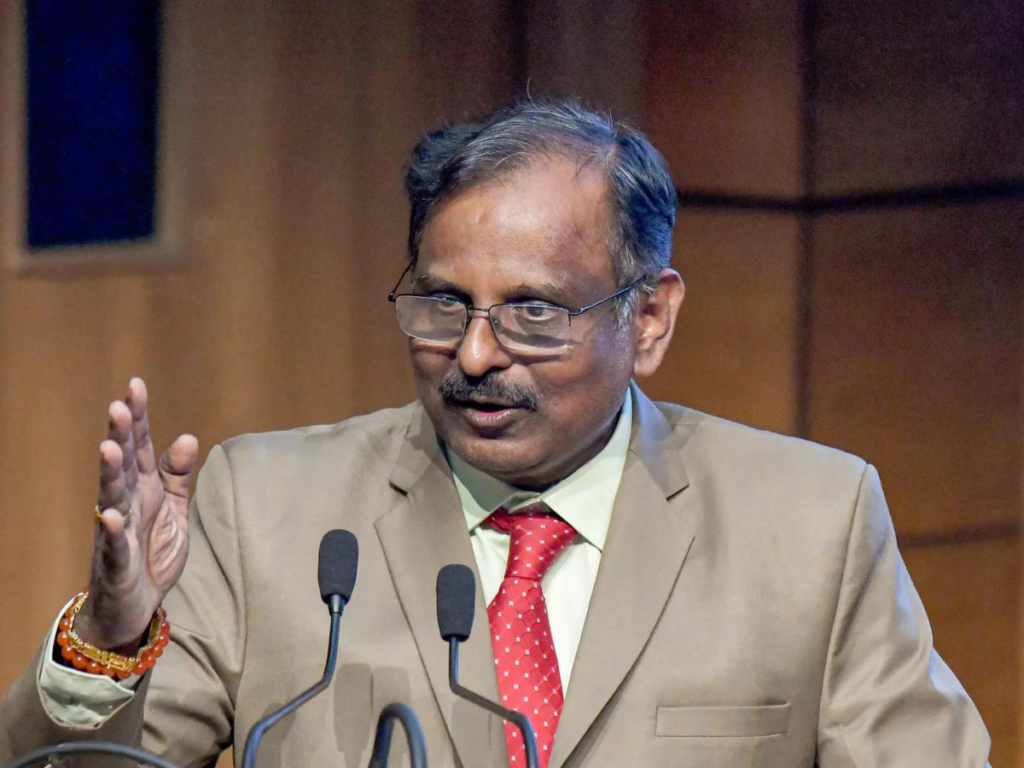In a bold vision for India’s future in space, ISRO Chairman V Narayanan has announced that India will build its own space station by 2035 and increase the number of satellites in orbit from 55 to at least 150 within the next three years.
Speaking at the prestigious G.P. Birla Memorial Lecture, Narayanan said India is shifting from being a service-oriented space power to becoming a commercial and strategic global leader in satellite technology and space infrastructure.

Big Plans, Tight Timeline
“Now we are working on building our space station… The requirement is huge. The demand is so much that we have to build more satellites,” Narayanan said, as quoted by PTI.
Space station deadline: First module in orbit by 2028, full station operational by 2035.
Satellite fleet: From 55 to 150+ satellites in just three years.
Launch activity: 12 missions scheduled this year, including NASA-ISRO NISAR and a 6,500-kg US communications satellite.
India is also investing in a third launch pad at Sriharikota, with a budget of Rs 4,000 crore, to handle the rising frequency of launches.

Gaganyaan, LUPEX, and Global Collaborations
Narayanan confirmed that Gaganyaan, India’s first human spaceflight mission, is targeted for launch in early 2027. The success of Chandrayaan-3 has already opened new international partnerships—Japan and India will jointly launch Chandrayaan-5 (LUPEX) with a much larger lander mass of 6,600 kg.
Why It Matters
With rising demands for internet connectivity, weather data, climate observation, defense, and private-sector services, expanding satellite capacity is a strategic necessity. The move positions India alongside global leaders like the US, China, and the EU in the 2040 space economy.
“At this rate, India would be on par with any other country in terms of space technology, application areas, and infrastructure by 2040,” Narayanan emphasized.

